The Pantanal is the most beautiful natural reserve of animals in Brazil, to be discovered without moderation, although flooded half the year.
On the border between Bolivia and Paraguay there remains an immaculate nature, a small terrestrial paradise with extravagant fauna, it is the Pantanal .
Mother Nature, the mistress of the places
In this remote region of the world, nature has regained all its rights, it is it that leads the dance and imposes its rhythm, men must adapt.
Known as the reservoir of Brazil With its 3 million heads of cattle, it is also the first production of soybeans from all over the country, the Pantanal is especially the largest and largest flood zone in the world.
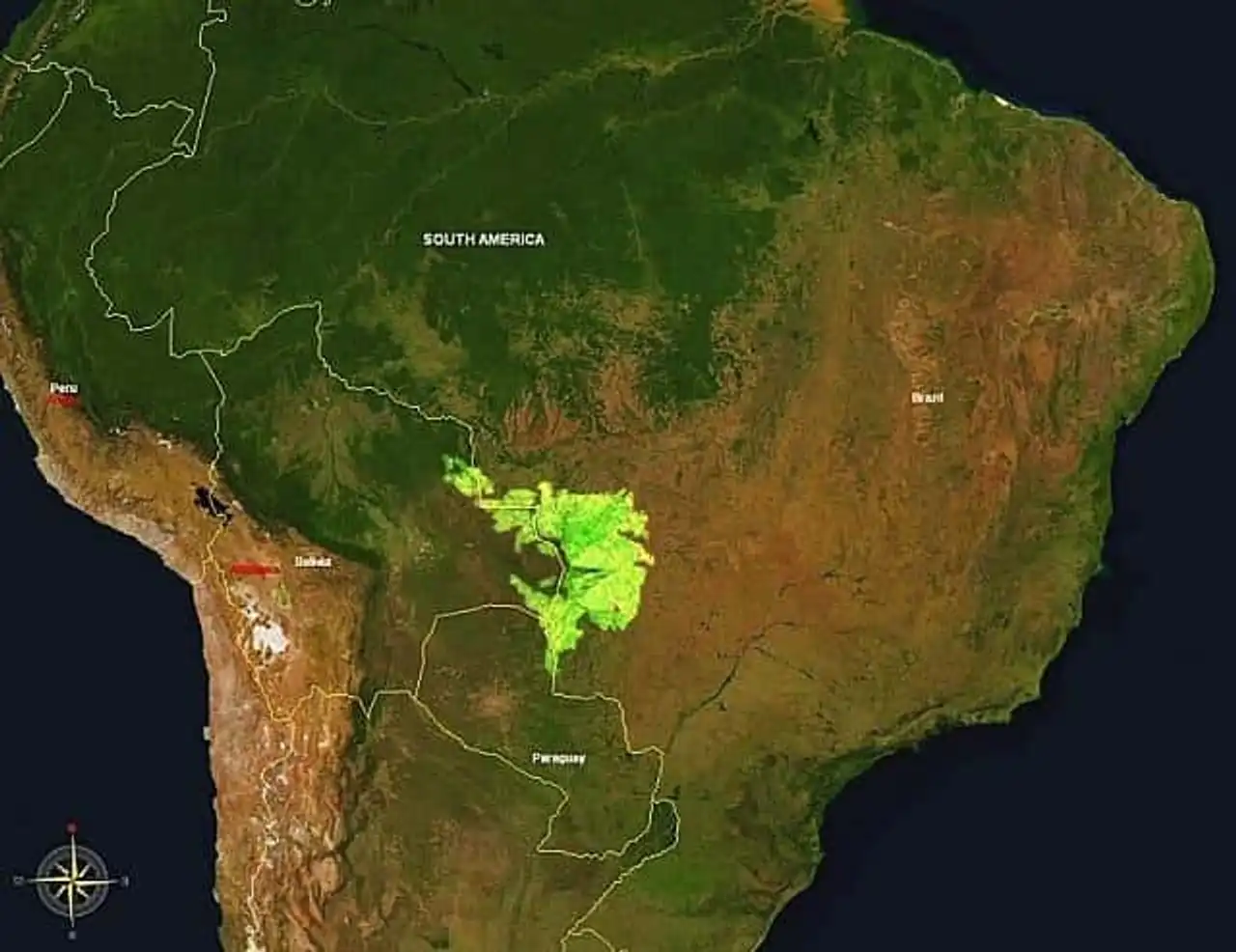
Photo credit: Wikimedia - NASA
The region is known to be World Biosphere Reserve and it fills to become a marsh of the size of Britain with a level reaching 13 meters above sea level.
Between December and March, the 230,000 square kilometers of plains are buried by the waters (the Jeep must be brought against a motor boat) while in dry times the region becomes one of the best local wildlife observation spots, animals and birds looking for water.
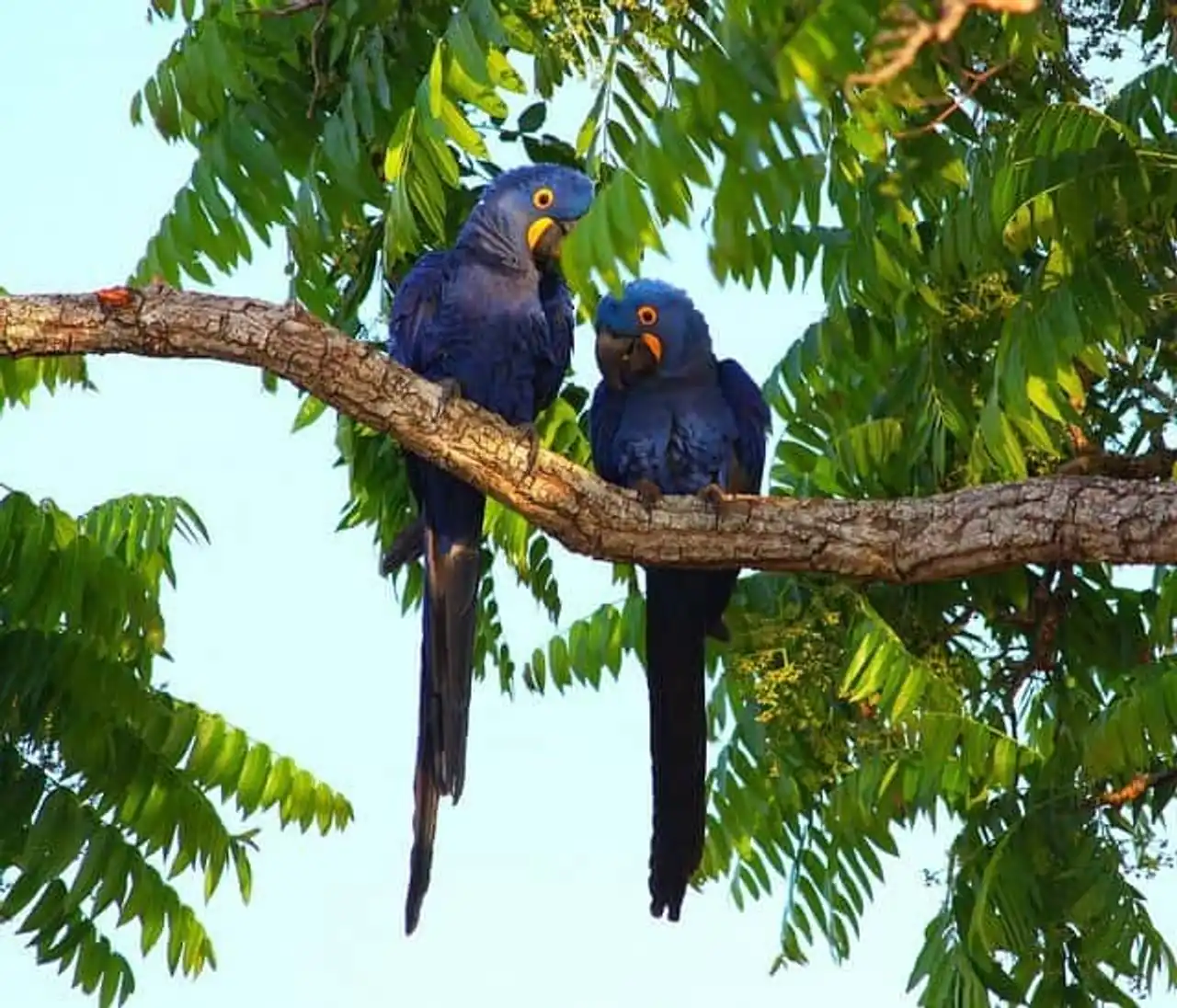
Ara hyacinthes – Photo credit: Flickr – dany13
A fragile landscape
The Pantanal is a paradise on our planet as well as an extremely fragile place: between its immaculate sand carpet, its pearly shells, its endless lianas like green hair, its multicolored fishes, the Pantanal has curiosities that must be approached with caution.
As a dream about ending, you must visit this region carefully, focus on its details, its beauties; monkey cries, animal songs such as capybara (one of the world’s largest rodents) and especially birds such as Touyouy (a great symbol of the region) or the legendary Ara hyacinthe which is surely the largest parrot in the world, but also in the morning-fishers, herons, nozzles, eagles, the calm and sinuous streams of water, the Pantanal approaches gently, not wolves, or rather jaguar.
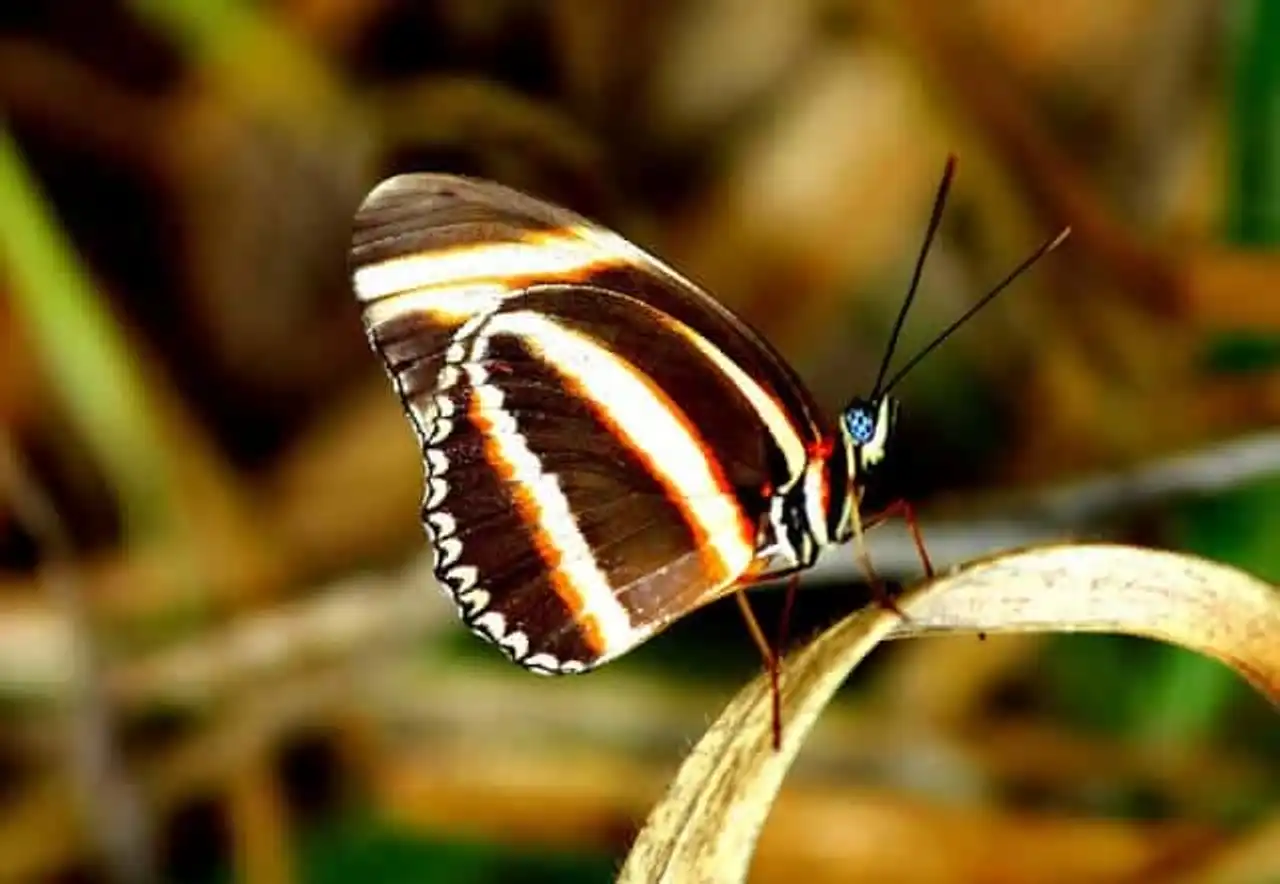
Dryadula Phaétusa – Photo credit: Flickr – dany13
A breathtaking natural phenomenon that gives us the opportunity to measure the fragility of this ecological balance. For a stay in the Pantanal region, it is advisable to avoid the rainy season, which runs from early December to late March.
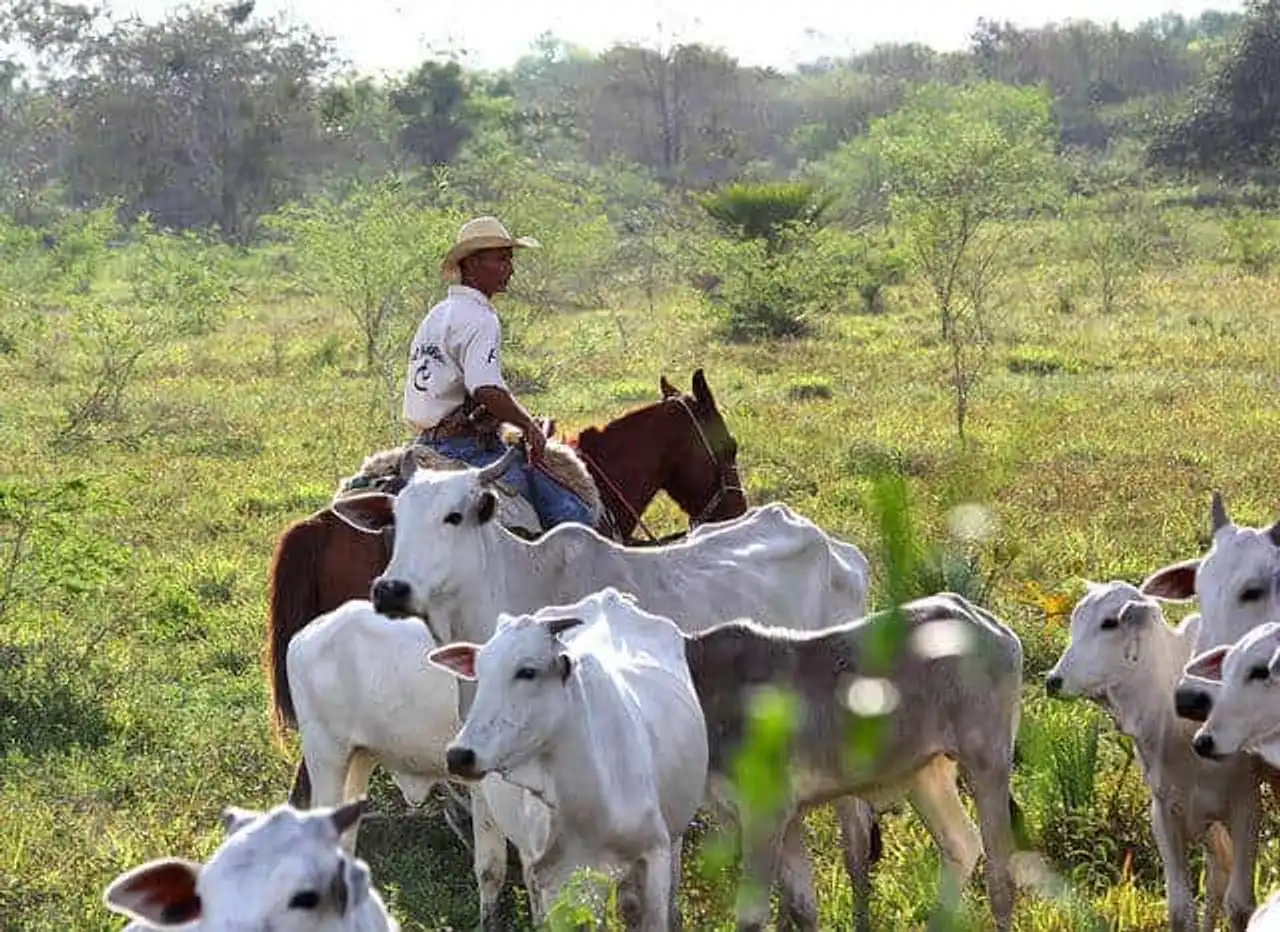
Photo credit: Flickr – dany13
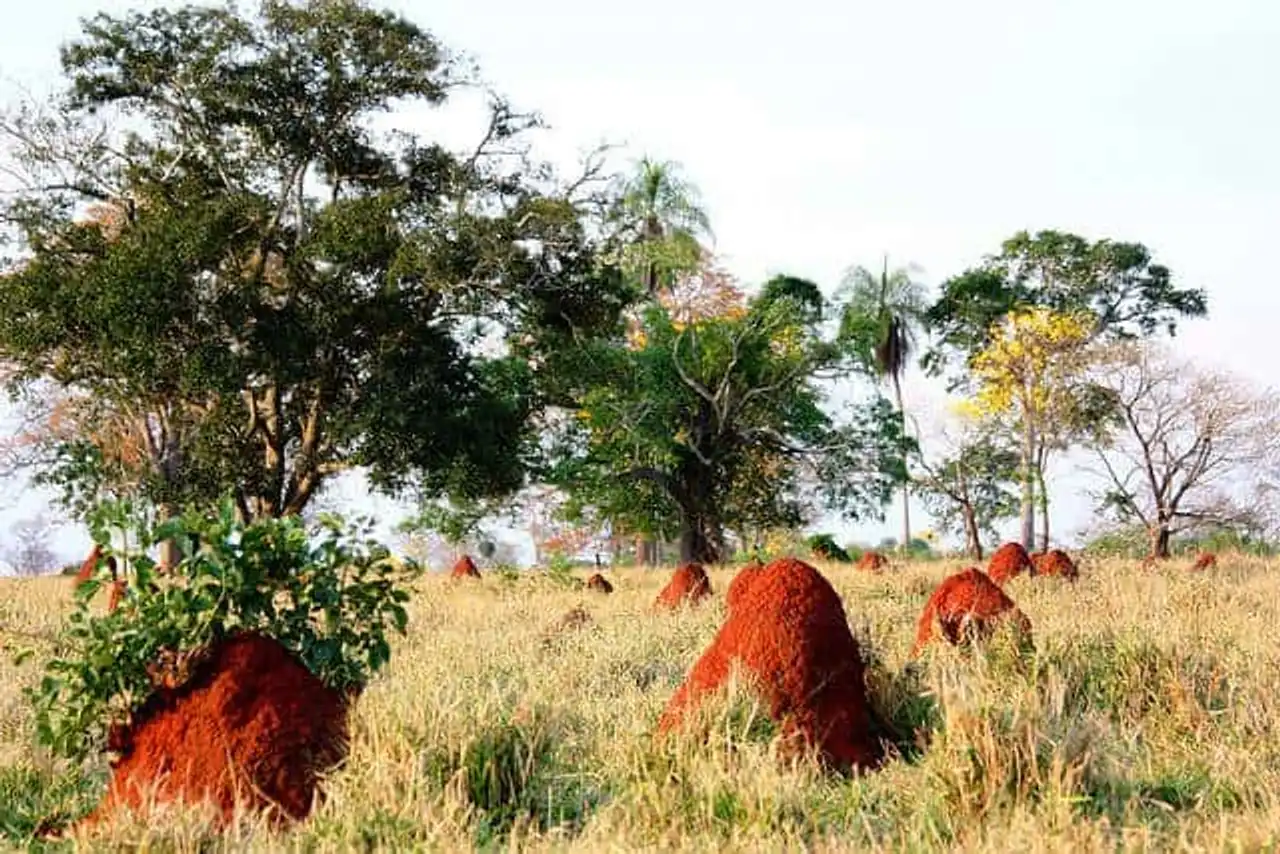
Termitières – Photo credit: Flickr – dany13
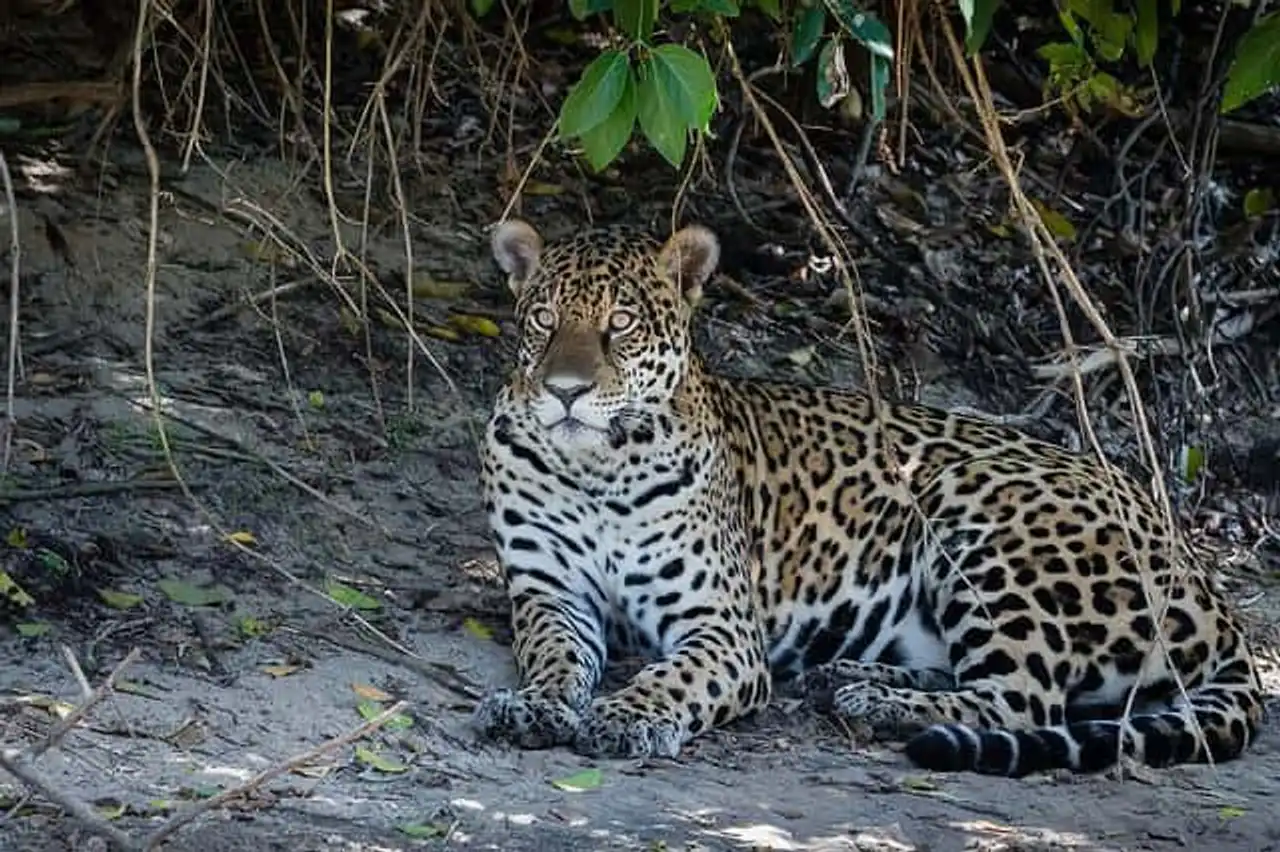
A jaguar – Photo credit: Flickr – Bart van Dorp
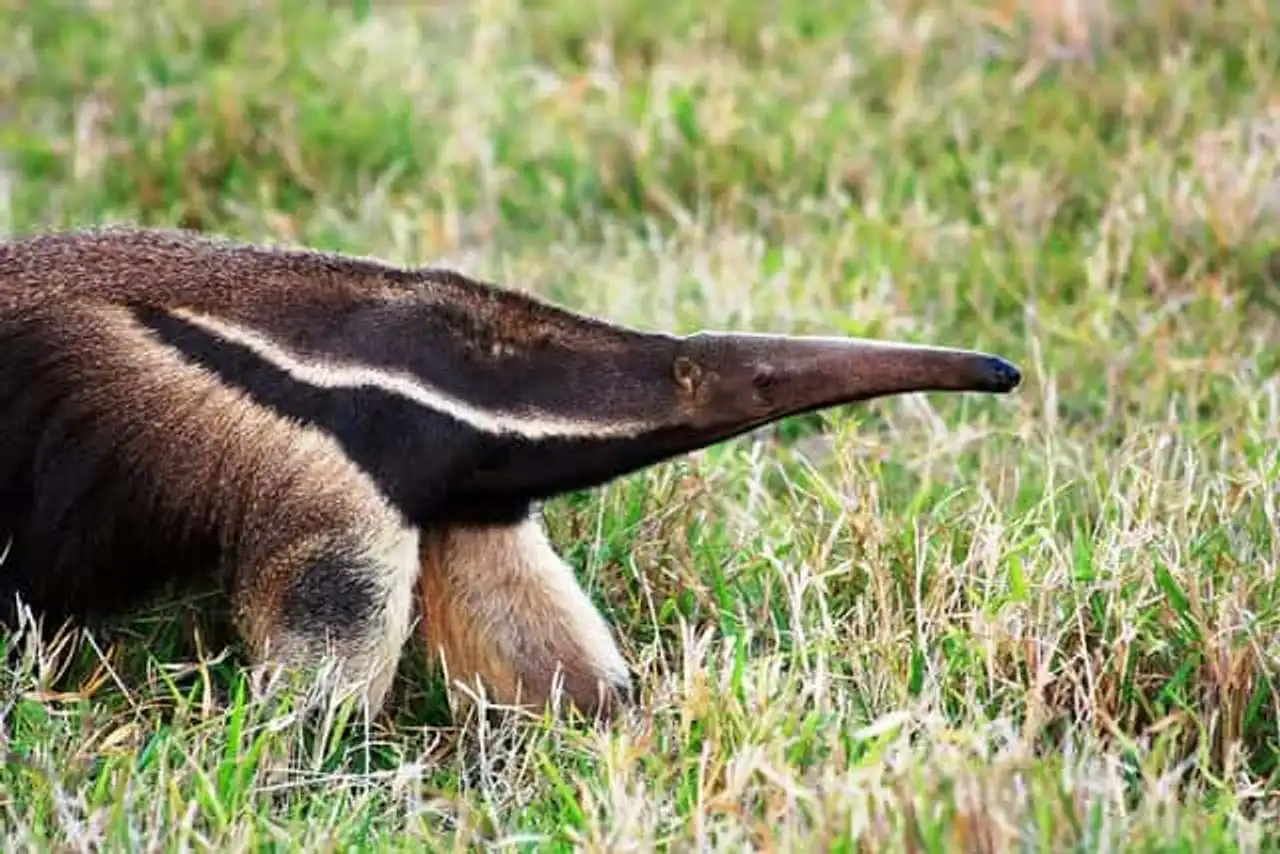
Large toaster or Tamanoir – Photo credit: Flickr – dany13
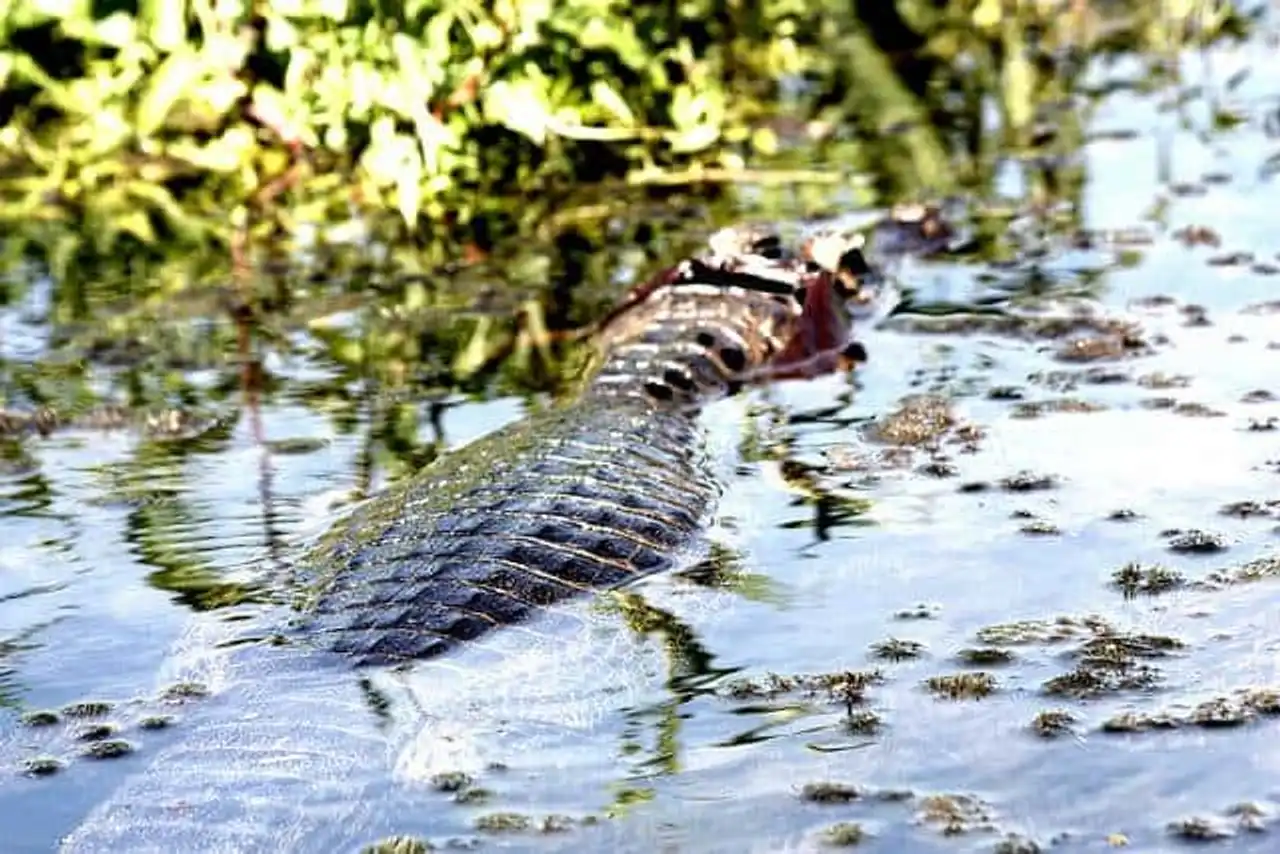
Jacara or Cayman yacare – Photo credit: Flickr – dany13
Main photo credit: Flickr – miquitos
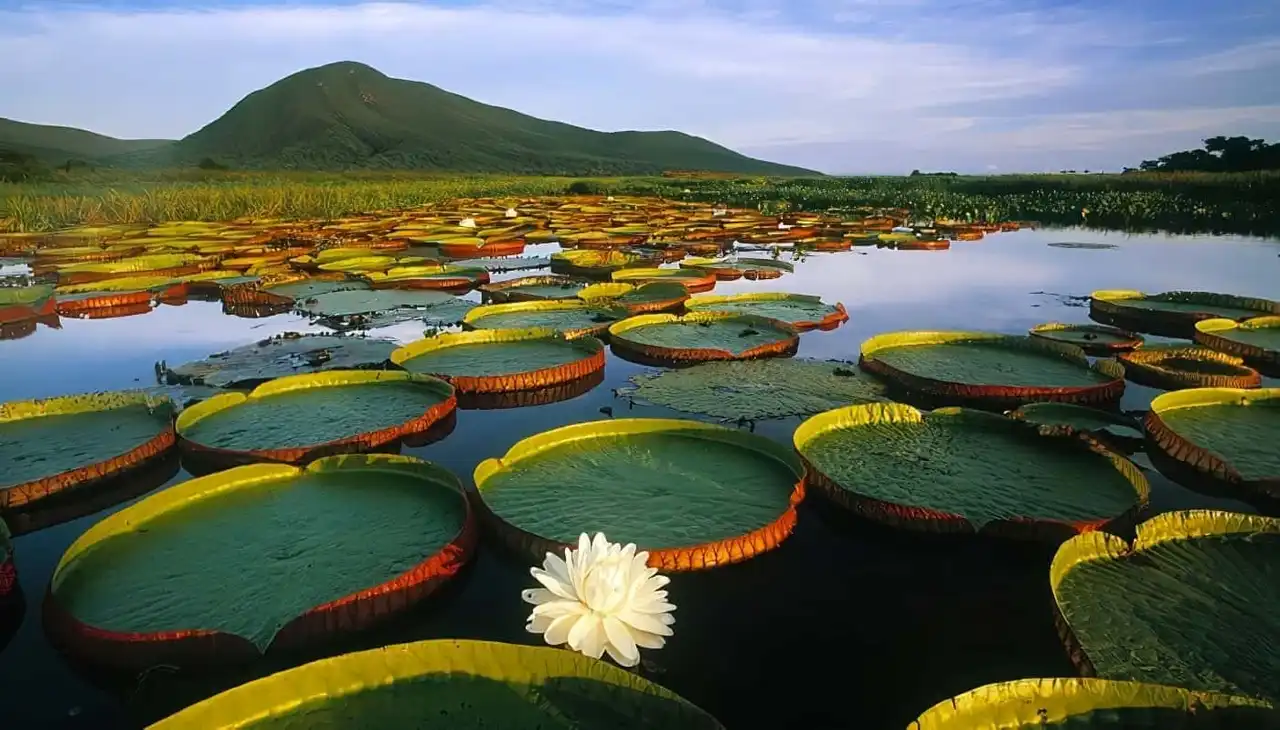




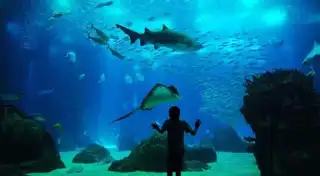

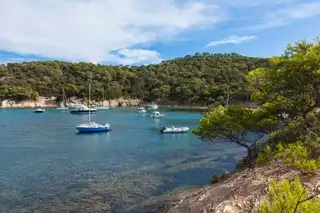
Loading comments ...